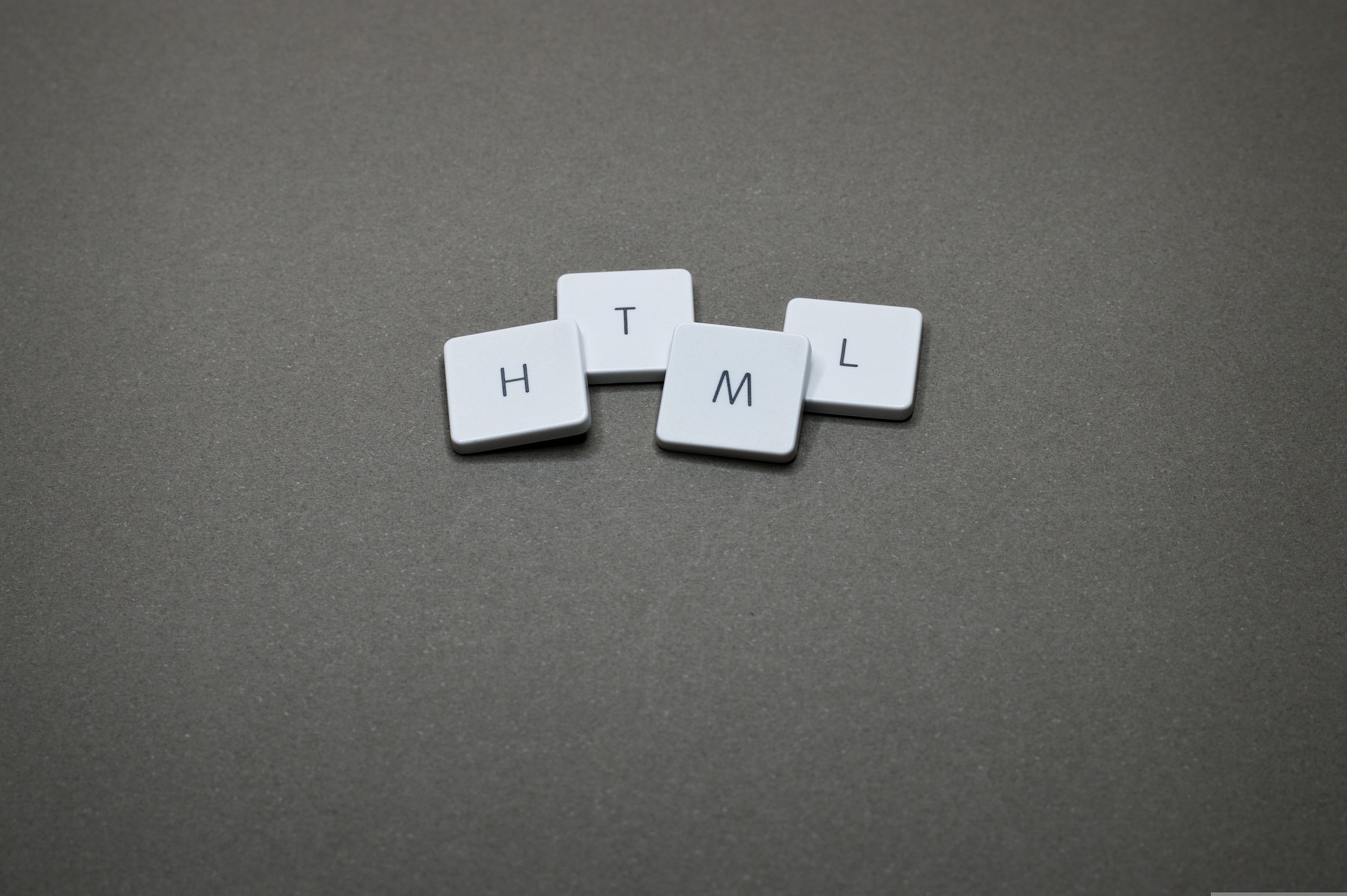Explanation of HTML5 Boilerplate.
 Genit
Genit3 min read

What is Boilerplate.
- Boilerplate code, are sections of code that are repeated in many places with little or no alteration.
HTML5 boilerplate
<!DOCTYPE html> <html lang="en"> <head> <meta charset="UTF-8"> <meta http-equiv="X-UA-Compatible" content="IE=edge"> <meta name="viewport" content="width=device-width, initial-scale=1.0"> <title>Document</title> </head> <body> <h1>This is a heading</h1> <p>This is a paragraph</p> <!-- script file --> <script src="script.js"></script> </body> </html>DOCTYPE in HTML:-
- A doctype is information about what version of HTML the page is written in.
<!DOCTYPE html>The
<html lang="en">tag in HTML5 boilerplate:- - The
<html>tag is the root element of the HTML page. - In
<html>tag, lang attribute specifies the language of the document. - In this document, there is lang="en", which means it specifies that the document is in English.
<html lang="en"> - In between
<html lang="en"></html>tag there is two section, one is head section and another is body section - The head tag contains the Metadata of the document.
- Metadata means, it contains the character encoding, page description, viewport setting, and link to the CSS files and also JavaScript files.
In side
headtag:- - Inside
headtag there are many Metadata present, which contains information about the document. 1st line inside
headtag defines the character encoding for the document.<meta charset="UTF-8">- character encoding means, it is the process of assigning numbers to graphical characters or characters of human language.
- There are three types of character encoding are there, such as UTF-8, UTF-16, UTF-32. Here we use UTF-8 for encoding. UTF-8 is used for Web content.
2nd line inside
headtag defines what version of Internet Explorer the page should be rendered as.<meta http-equiv="X-UA-Compatible" content="IE=edge">"IE=Edge"means IE (Internet Explorer) should use the latest version of its rendering engine, which is Microsoft Edge.3rd line inside
headtag renders the width of the page to the width of the device's screen size.<meta name="viewport" content="width=device-width, initial-scale=1.0">viewportmeans the area of the window in which web content can be seen.- Basically, it is used for responsive web design.
"width=device-width"means the device width or screen resolution.initial-scalemeans the initial zoom when visiting the page. Here we use"initial-scale=1.0"means doesn't zoom.- initial-scale value is between
0.1to10, and the default value is1. - We also use other Metadata like,
<meta name="description" content="A HTML5 Template for web projects."> - The above Metadata represents the description of the web page.
<meta name="author" content="mycode"> - The above Meta data represents the author of the web page.
4th line inside
headtag represent the title of the web page.<title>Document</title>- Here the default title of the web page is Document.
Inside
bodytag:- - The
<body></body>tag defines the document's of body. Inside
bodytag all the contents of an HTML document are present. Such as heading, paragraphs, images, hyperlinks, tables, list, etc.This HTML boilerplate is used in every HTML document as a starter template.
2
Subscribe to my newsletter
Read articles from Genit directly inside your inbox. Subscribe to the newsletter, and don't miss out.
Written by
